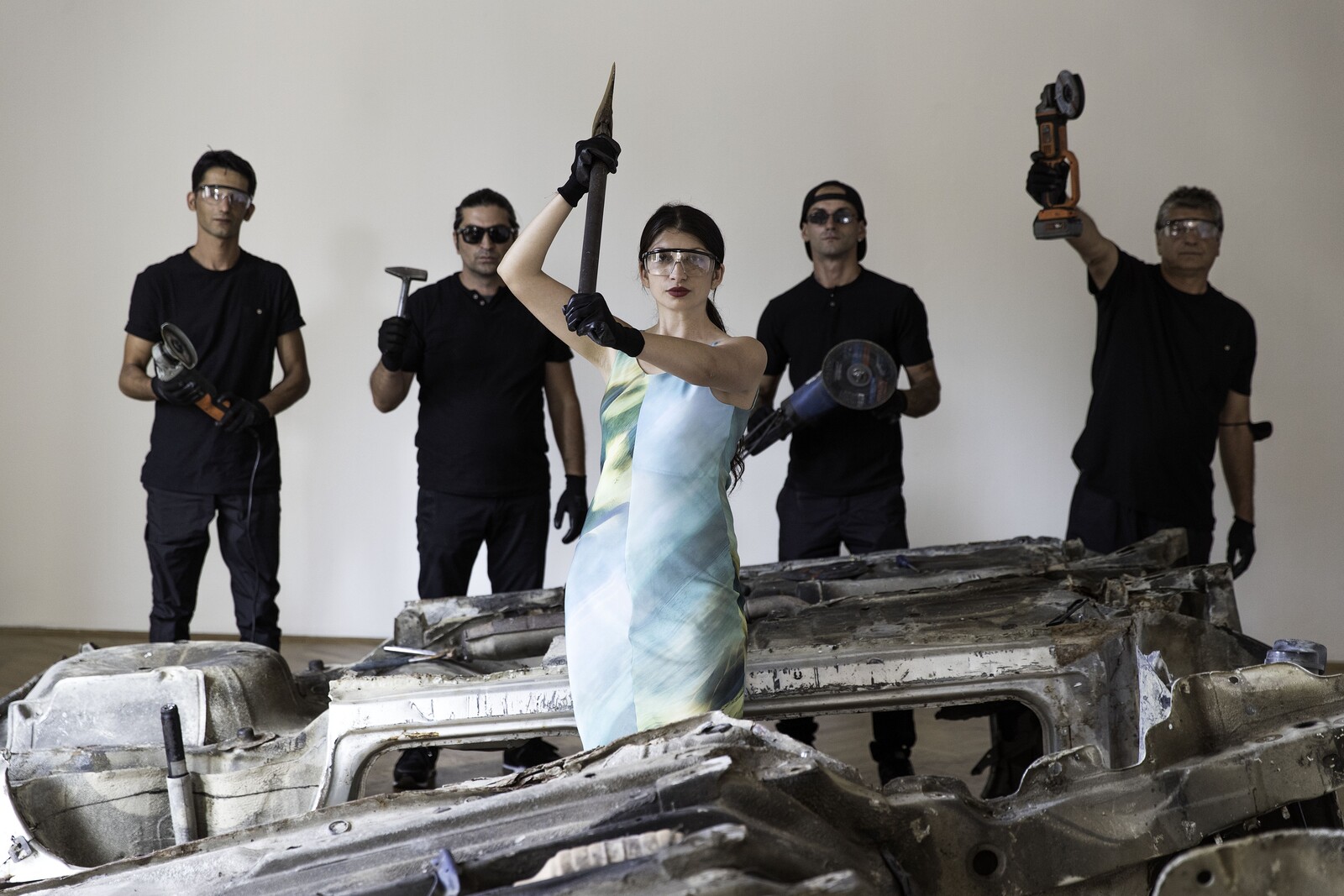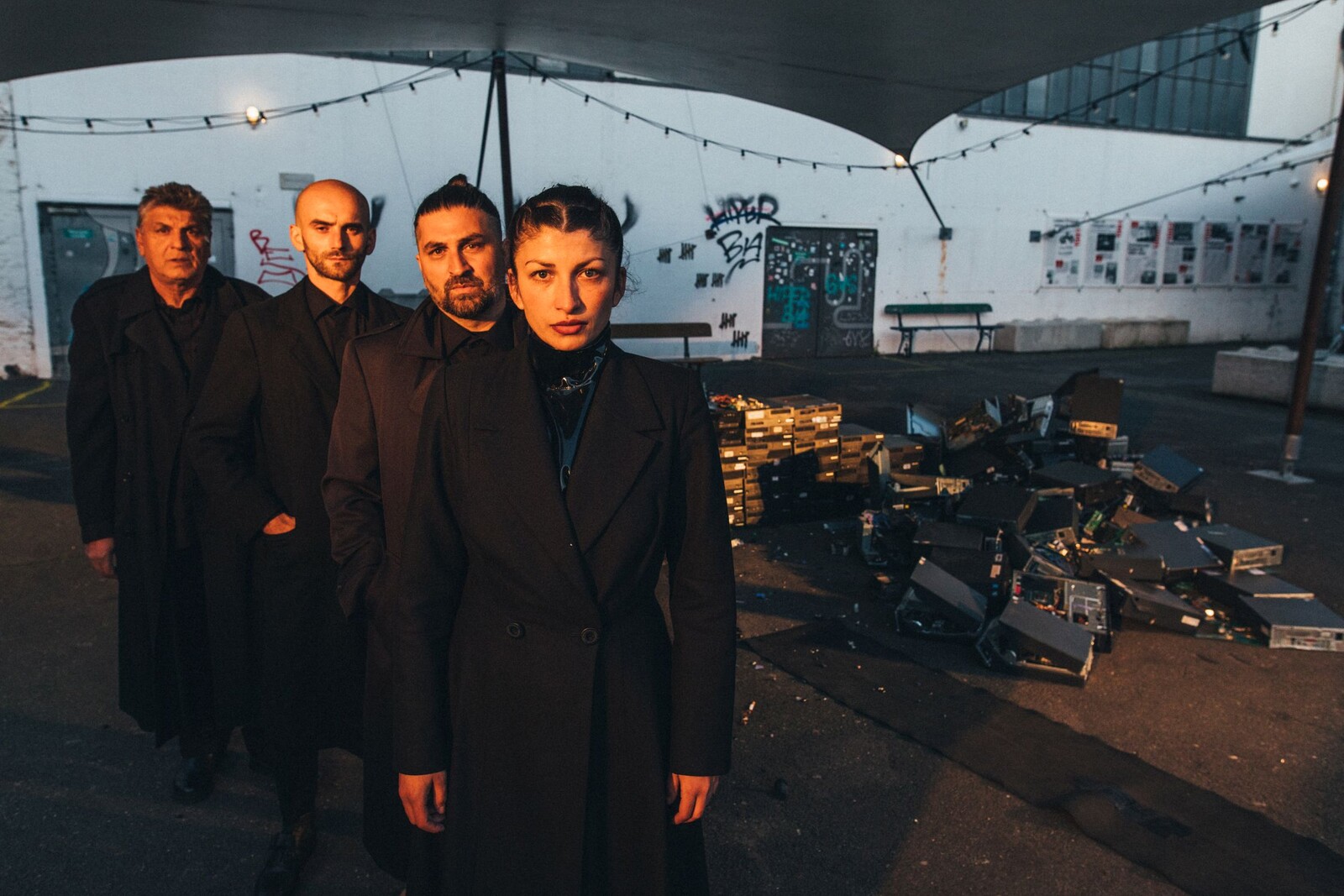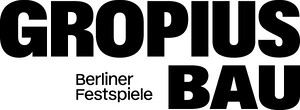November 11, 2023–January 14, 2024
Niederkirchnerstraße 7
10963 Berlin
Germany
Hours: Wednesday–Monday 12–7pm,
Saturday–Sunday 10am–7pm
T +49 30 25486384
presse@gropiusbau.de
The Gropius Bau is delighted to announce her0, a presentation of works by artist Selma Selman. her0 commences with an opening performance on November 11 from 3:30–6pm and expands into the subsequent rooms on the first floor from November 11, 2023 to January 14, 2024. Admission to the presentation is free.
“In the 21st century, I believe the Roma are the planet’s leading social, ecological and technological futurists. For roughly 100 years, we have been recycling waste to self-sustain as an oppressed minority within Western modernity—which is just now realising the moral, socio-economic and ecological value of such a practice.” — Selma Selman
Selma Selman’s practice stems from her personal experience investigating notions of oppression, patriarchy, women’s rights, desires and the frictions that lie between collective and personal action. Her multidisciplinary approach uses performance, painting, photography and video to dissect the borders of identity, currency, law and the burden of representation placed upon her, her family and her community. A transformative potential, rooted in poetry, is present throughout her oeuvre and lies at the core of her0, which is the first presentation in Berlin providing an overview of Selman’s practice. The title refers to the word “hero”, combining “her” and the number zero as a potential for change. The entry point of her0 is her evolving performance, Motherboards (2023–ongoing).
The performance involves the process of gold extraction from scrap metal. Using axes and drills, performers reflect this material act into a musical soundscape together with sound designer Dauwd and cellist Boram Lie. Integral to this work is the collaborative labour of her family, members of the Romani community, who together with Selman source the raw material—that to this day sparks desire and destruction—from seemingly worthless e-waste. This act of recycling confronts her family’s economic activity as part of a marginalised group, grappling with violent biases and offering insights into dynamics of power that shape current ideas about sustainability and also reflects on value creation in the art market.
“A cross-section of her artistic practice, her0 brings together formats and concepts specific to Selma Selman’s vigorous approach. Her work alludes very directly to the notion of survival, as an artist, as a woman and as part of a family and community. Selma Selman doesn’t employ the luxury of time; she takes the liberty to dream but parallel to that turns her dream into action, never falling into passivity. At the same time, her practice reflects upon the debate on sustainability and the racialised bias behind who is considered to be sustaining—or to be sustained.” — Zippora Elders
her0 shows a cross-section of Selman’s oeuvre, merging remnants of Motherboards with a variety of past and new works. It revolves around desire and self-determination, uniting both the pioneering and activist aspects with the functional character of Selman’s approach.
Selma Selman is based in Amsterdam and also works between New York and Ružica, Bihać. She is a visual artist and activist from Bosnia and Herzegovina of Romani origin and is the founder of the organisation Get The Heck To School, which aims to empower Romani girls all around the world who face ostracisation from society and poverty. She was a resident of Rijksakademie from 2021 to 2023 and exhibited at Hamburger Bahnhof—Nationalgalerie der Gegenwart, Berlin (2023), Autostrada Biennale, Prizren (2023), documenta fifteen, Kassel (2022), Manifesta 14, Prishtina (2022), MO Museum, Vilnius (2022), Ludwig Múzeum, Budapest (2022), Kasseler Kunstverein, Kassel (2021), National Gallery of Bosnia and Herzegovina, Sarajevo (2021), Queens Museum, New York (2019), Maxim Gorki Theater, Berlin (2017), agnès b. galerie boutique, New York (2017) and 12-14 contemporary, Vienna (2016), amongst others.
her0 is curated by Zippora Elders with the assistance of Monique Machicao y Priemer Ferrufino and Elisa Maria Schmitt.




